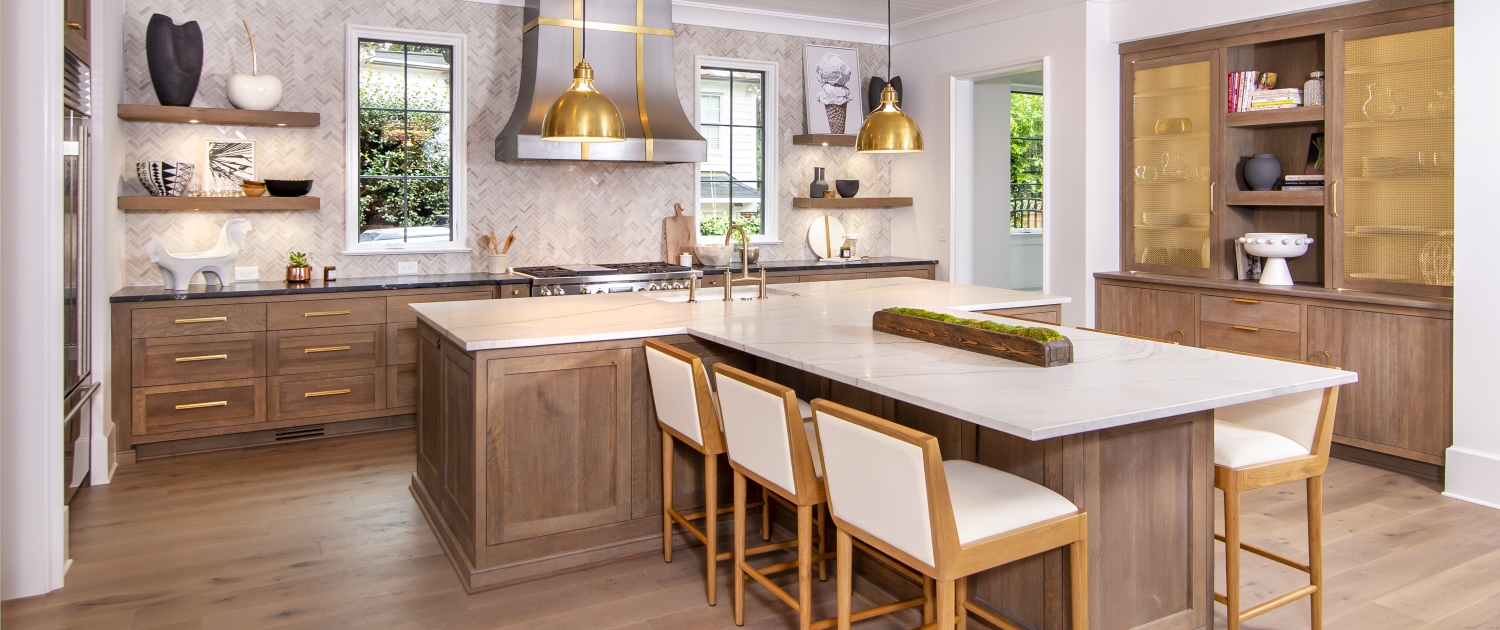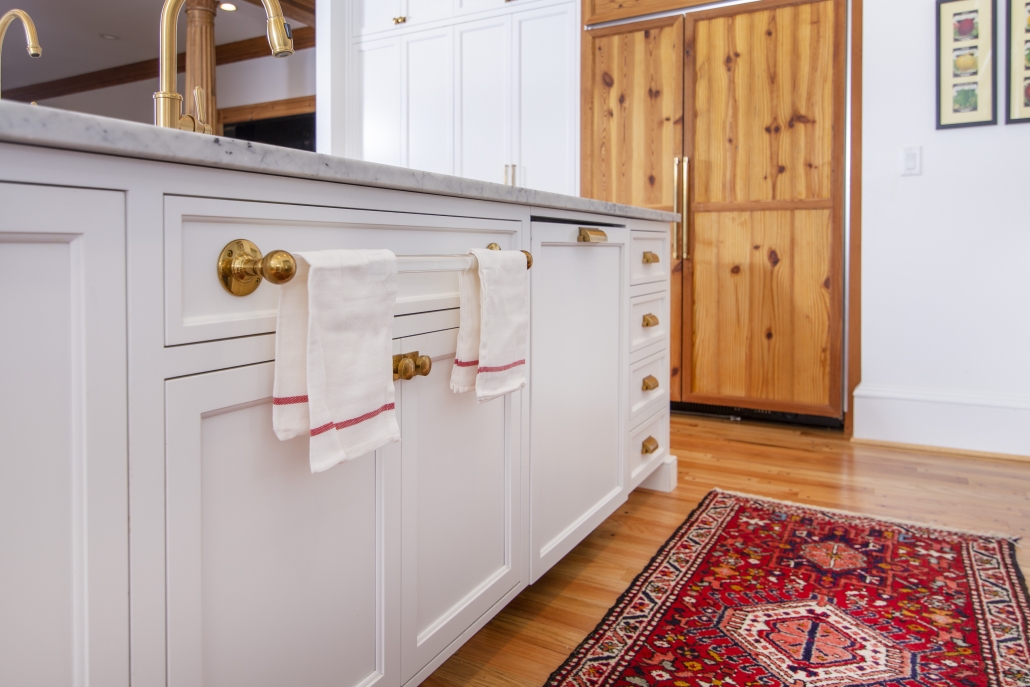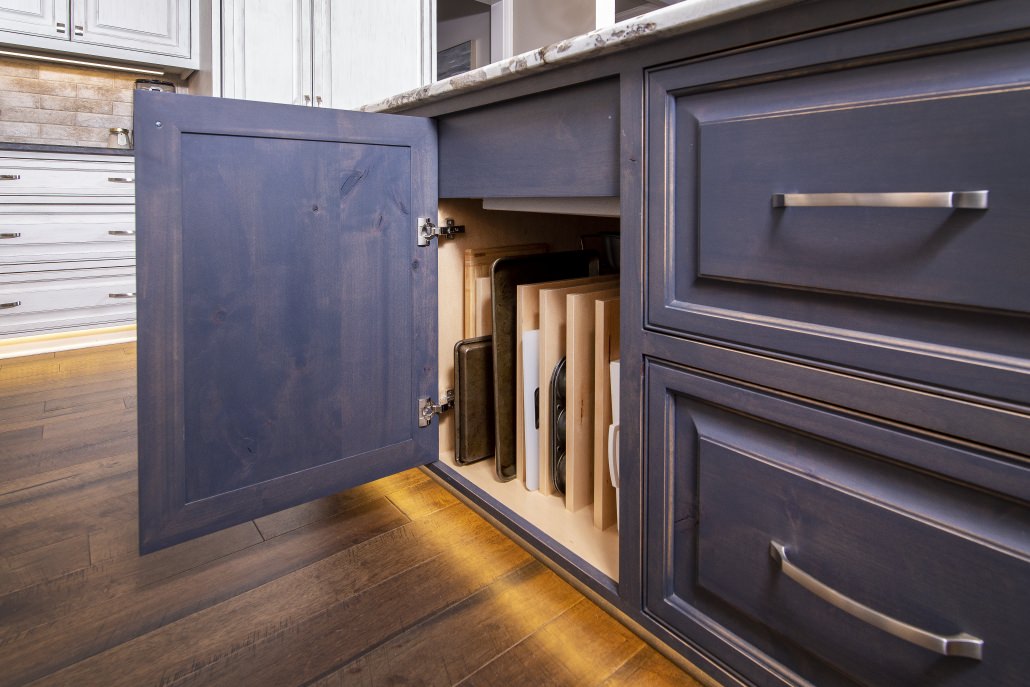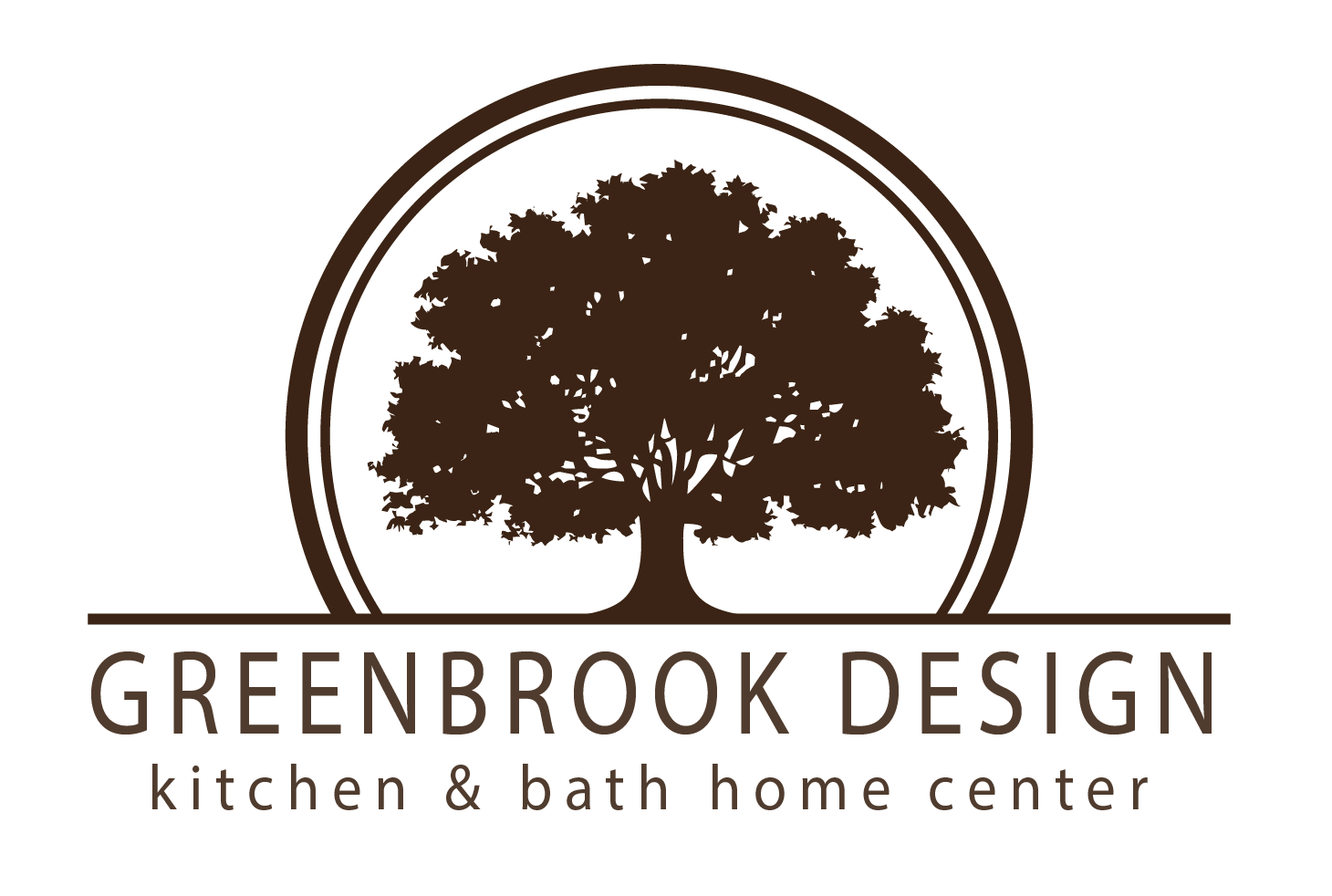Main Advantages of Kitchen Custom Cabinets
One of the biggest decisions homeowners have to make when building a custom home or remodeling an existing one is what type of cabinets to install in their kitchen. Although this is usually an exciting quest, it can also be a confusing one. There are so many companies and configurations to consider that the sheer variety can be overwhelming.
Kitchen cabinet design, style, cost, and quality matter. They all contribute to the final look of the kitchen and its functionality. Cabinets contribute to the value of a property; as TE Johnson & Sons explains, they can improve it or make no impact, whatsoever. When choosing a cabinet for your kitchen it is important to choose one that will continue to add value through the years.
This is why it is essential to fully understand the various kitchen cabinet options out there.
There are three basic categories of kitchen cabinets homeowners can choose from: custom cabinets, stock cabinets, and semi-custom cabinets. Each category has its pros and cons. knowing how to choose the best cabinet can help secure long-term benefits.
The three types of kitchen cabinet
Stock cabinets
Stock cabinets are the most common type of kitchen cabinets. They are the mass-produced variety of cabinets and are manufactured in an assembly line. The materials, size, and configurations of stock cabinets are standardized. There is no room for personalization. They are easy to order and cheaper.
Custom cabinets
Custom cabinets are the complete opposite of stock cabinets. They are the deluxe version of kitchen cabinets. Each cabinet is unique in its materials, size, and configuration. They are mostly hand-crafted. Because they are built to individual specs they cannot be bought off the shelf.
Semi-custom cabinets
Semi-custom cabinets are somewhat in between the custom and stock cabinets. They are not entirely custom cabinets but they are not completely stock cabinets either. Some parts of semi-custom cabinets are standardized. But they can be finished to suit homeowner’s preferences.
Which type of kitchen cabinet is the best for you?
The best cabinet for any kitchen is a custom kitchen cabinet. Custom cabinets are superior to stock cabinets and semi-custom cabinets across every parameter by which kitchen cabinets are measured. The qualities of a custom cabinet ensure that you can get the most benefits out of this kitchen fixture for much longer too.
Why are custom kitchen cabinets the best choice for your kitchen?
They can be made to fit any kitchen
Unlike a stock kitchen that creates waste space which has to be closed with fillers, custom kitchens fit your kitchen like a glove. They are created to match the details of your kitchen’s dimensions and there are no unused spaces in the kitchen. Instead of trying to get your home to fit your cabinets, custom cabinets fit into your home.
They reflect your lifestyle
Custom cabinets can be built to fit the lifestyle of the people who live in the home. Stock and semi-custom cabinets are manufactured based on the maker’s ideas of how you use the kitchen. Custom cabinets are designed by you to satisfy your cooking habits and storage preferences.
More storage space
Since there are no redundant spaces with a custom kitchen cabinet, you get more storage space. In addition to the volume of storage, you also get more unique forms of storage. You can choose really tall cabinets, for instance, or nifty shelves that fit into awkward corners of the kitchen.
You select your materials
Part of the joy of installing a custom kitchen cabinet is the privilege of choosing from an almost endless array of materials. You have the freedom to select the exact type of wood, style, finish, and hardware you want.
Improved strength
Overall custom cabinets are more durable than stock or semi-custom cabinets due to how they are built. The durability of a cabinet often comes down to the strength of its joints and dowels. A lot of attention is given to how the components of a custom cabinet are joined because they are built by hand.
Quality craftsmanship
This matters for the construction of a cabinet and its installation. Because they are made in an assembly line, it is hard to apply industry best practices or the latest techniques when building stock cabinets. But custom cabinets are made using the latest cabinet construction methods.
They are exclusive
When a custom cabinet is made for you, you may be sure it is one of a kind. There is no chance of finding the same cabinet in someone else’s kitchen. Custom cabinets allow you to make a bold statement with your kitchen and they add more value to your property than any other option.
They can be eco-friendly
Since you have no say in the materials that go into a stock/semi-custom cabinet, you really do not know the type of damage their production process does to the environment. But with a custom cabinet, you can choose only environmentally sustainable or recycled materials.
Uniquely Yours
In summary, when you buy or remodel your home, you want the house to be uniquely yours. Buying a custom cabinet helps you to fulfill that desire. They allow you to have individuality and choice, while also improving the value of your property.








